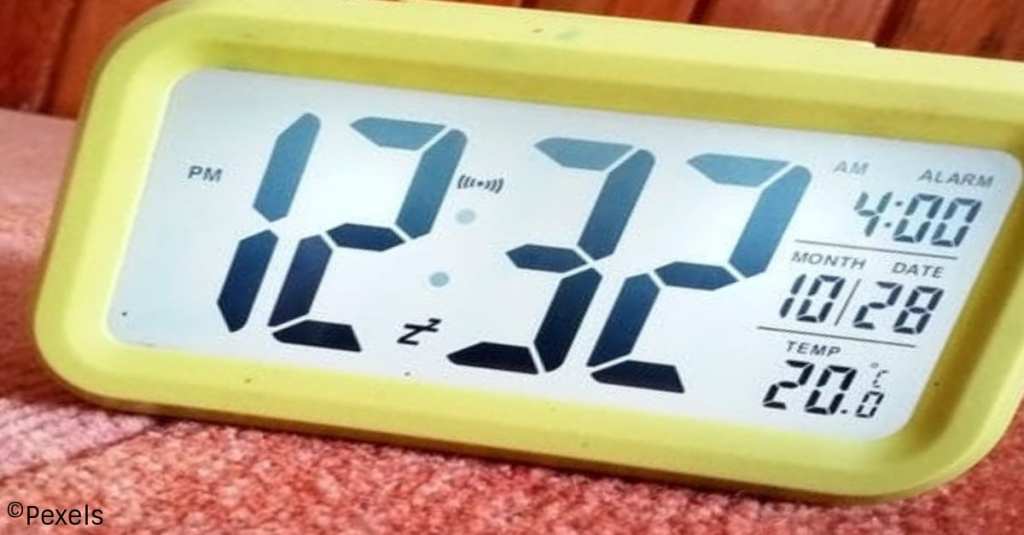We use countless abbreviations on a daily basis, most of them without even thinking about it. Everyone knows that “A/C” stands for “air conditioning” and “TV” stands for “television,” but there are a lot of other common abbreviations that people use every day without actually knowing what they stand for.
Among the most commonly misunderstood abbreviations are “a.m.” and “p.m.” Americans, in particular, use these all the time since they favor the 12-hour convention of telling time (as opposed to 24-hour a.k.a. “military” time). But if you were to ask a random person on the street what each of those abbreviations meant, you’d likely get a wide range of answers, few of which would be correct.

Photo Credit: Pexels
Some might tell you they mean “after midnight” and “past midday,” and I can certainly appreciate the logic there. The true meaning, however, doesn’t come from English at all – it comes, like many things, from Latin. “A.m.” stands for “ante meridiem” (“before midday”) and “p.m.” stands for “post meridiem” (“after midday”).
It’s not entirely clear when those terms came into popularity in English, but they’ve been around a long time. The 12-hour system of timekeeping goes back to the times of Ancient Egypt, and there are plenty of mechanical clocks all over European towers that date all the way back to the Renaissance era.

Photo Credit: Pixabay
These days, a lot of places have adopted the 24-hour system instead, which is sometimes also referred to as military time. This system can be a little tough to catch onto at first, but it’s favored by the military for a reason – it’s pretty much impossible to have any misunderstanding about whether you meant day or night.
Maybe it’s time for more of us to start using 24-hour time as well?






